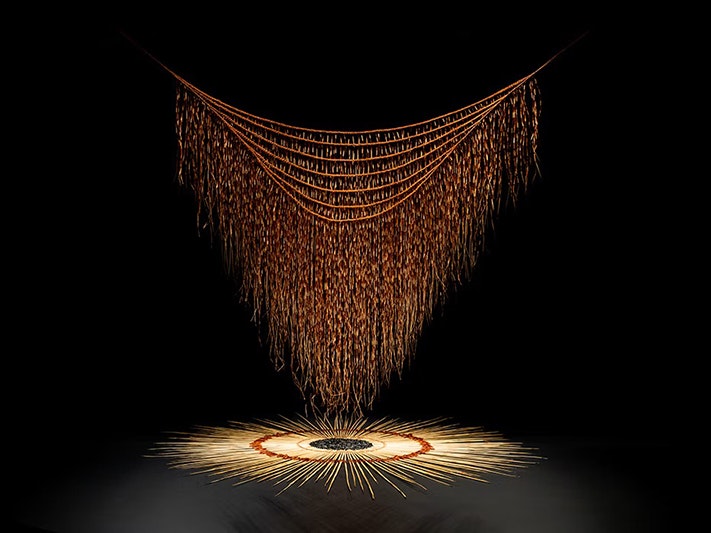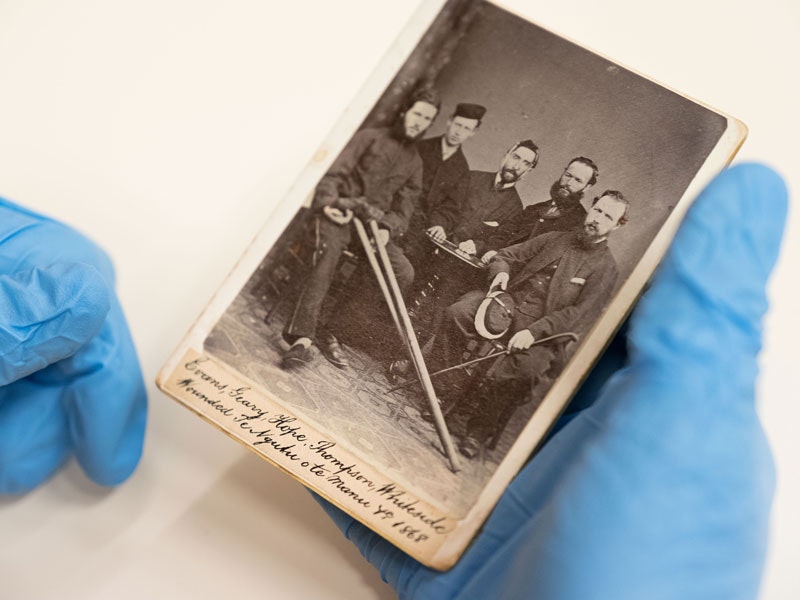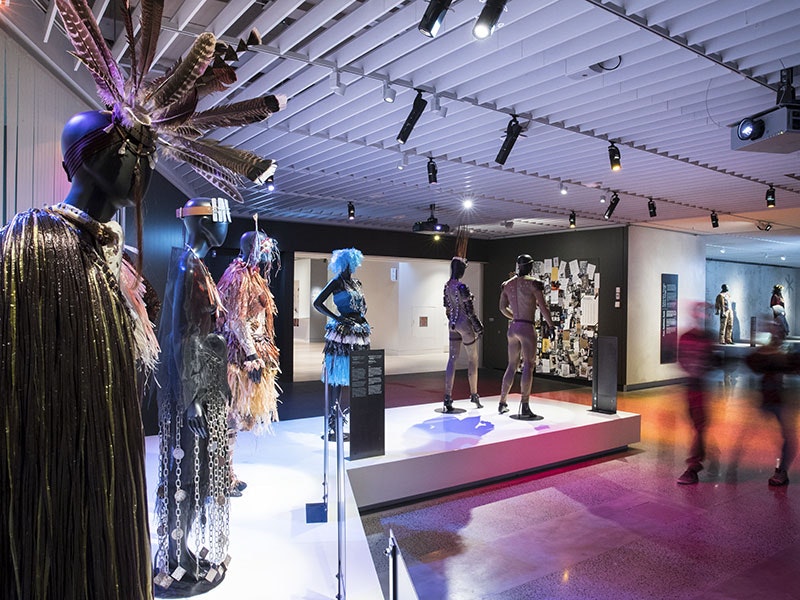Flora Scales, Basilica and lighthouse, St Tropez, circa 1934. Purchased 2006 with Ellen Eames Collection funds. Te Papa (2006-0007-5)
In this painting, geometrically shaped buildings contrast with the softer forms of mountains and plants, and warm tones with cooler ones. Flora Scales learned this ‘push-pull’ technique at the Berlin school of abstract expressionist Hans Hofmann during 1931–32.
Scales lived most of her adult life in Europe but returned to New Zealand periodically. During her 1934 visit, a young and eager Toss Woollaston approached her, asking to be taught. As Scales passed on her lessons in composition, colour, and spatial modelling, she planted some of the first seeds of modernism in New Zealand.


